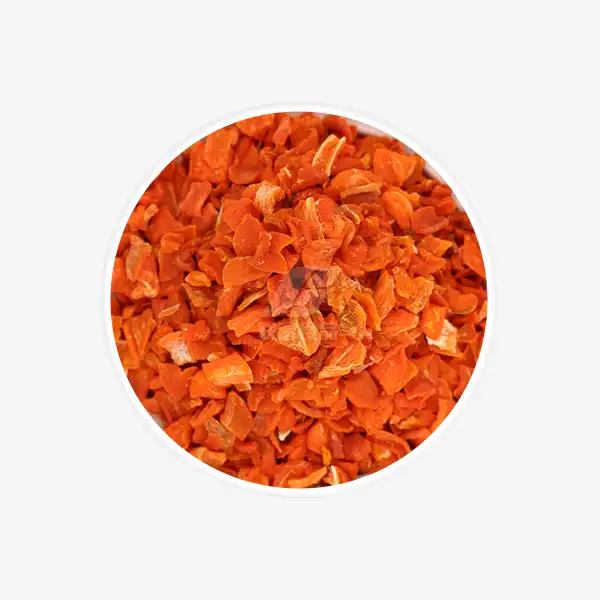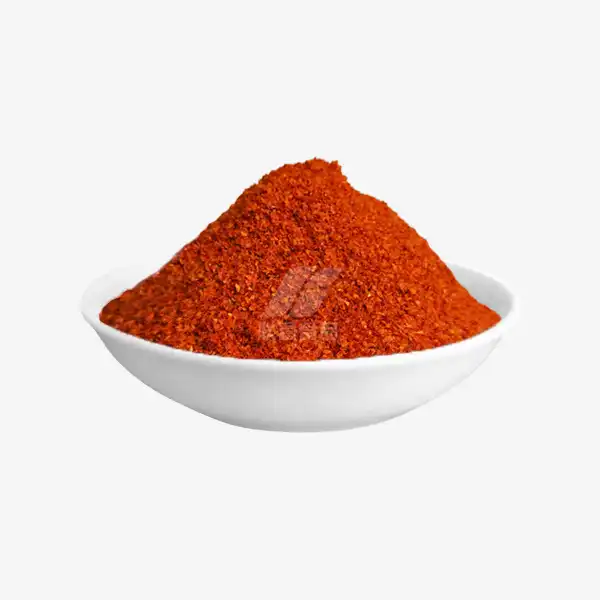How Long Do Dehydrated Garlic Cloves Last in Storage?
Dehydrated garlic cloves are a versatile and convenient ingredient that can add flavor to a wide variety of dishes. Many home cooks and food enthusiasts appreciate the extended shelf life of dehydrated garlic compared to fresh cloves. But just how long can you expect your dehydrated garlic to last? Let's explore the longevity of this pantry staple and learn how to maximize its storage potential. Properly stored dehydrated garlic cloves can last anywhere from 1 to 2 years. However, with optimal storage conditions, you may be able to extend their shelf life even further. The key to maintaining the quality and flavor of your dehydrated garlic lies in understanding proper storage techniques and recognizing signs of spoilage.
Proper Storage Tips for Long-Lasting Dehydrated Garlic
To ensure your dehydrated garlic cloves remain fresh and flavorful for as long as possible, follow these essential storage tips:
Choose the Right Container
Opt for airtight containers made of glass or food-grade plastic. Mason jars with tight-fitting lids are an excellent choice for storing dehydrated garlic cloves. These containers help prevent moisture and air from entering, which can lead to spoilage.
Keep It Cool and Dry
Store your dehydrated garlic in a cool, dry place away from direct sunlight. A pantry or kitchen cabinet works well, as long as it's not near heat sources like the stove or dishwasher. Aim for a storage temperature between 50°F and 70°F (10°C to 21°C) for optimal preservation.
Avoid Moisture Exposure
Moisture is the enemy of dehydrated garlic. Always use a clean, dry spoon when scooping out the cloves, and avoid introducing any water into the container. If you live in a humid climate, consider adding a food-grade silica gel packet to the container to absorb excess moisture.
Label and Date
Mark your container with the date of purchase or dehydration. This simple step will help you track how long the garlic has been in storage and ensure you use it while it's still at its best.
Signs Your Dehydrated Garlic Cloves Have Gone Bad
While dehydrated garlic has a long shelf life, it's not immune to spoilage. Here are some indicators that your dehydrated garlic may have gone bad:
Changes in Appearance
Fresh dehydrated garlic should have a pale, off-white color. If you notice any discoloration, such as yellowing or the development of dark spots, it's a sign that the garlic is past its prime.
Unusual Odor
Dehydrated garlic should retain its characteristic pungent aroma. If you detect any musty, sour, or off-putting smells, it's best to discard the garlic.
Texture Changes
Properly dehydrated garlic cloves should be crisp and brittle. If they become soft, spongy, or develop a gummy texture, it's likely due to moisture absorption and a sign of spoilage.
Presence of Mold
Any visible mold growth is a clear indication that your dehydrated garlic has gone bad. Discard the entire batch immediately to prevent potential health risks.
Loss of Flavor
While not necessarily a sign of spoilage, a significant loss of flavor indicates that your dehydrated garlic is past its peak quality. If it tastes bland or lacks its characteristic pungency, consider replacing it with a fresh batch.
How to Extend the Shelf Life of Dehydrated Garlic Cloves?
To maximize the longevity of your dehydrated garlic cloves, consider implementing these additional storage strategies:
Vacuum Sealing
Investing in a vacuum sealer can significantly extend the shelf life of your dehydrated garlic. By removing air from the storage container, you create an environment that inhibits bacterial growth and oxidation. Vacuum-sealed dehydrated garlic can last up to 5 years when stored properly.
Freezer Storage
While not necessary for short-term storage, freezing dehydrated garlic can help preserve its flavor and quality for even longer periods. Place the garlic in an airtight, freezer-safe container or vacuum-sealed bag before freezing. Frozen dehydrated garlic can last up to 10 years, though it's best to use it within 2-3 years for optimal flavor.
Oxygen Absorbers
Adding oxygen absorber packets to your storage container can help prevent oxidation and extend the shelf life of your dehydrated garlic. These small packets are readily available and can be a valuable addition to your long-term storage strategy.
Proper Dehydration Techniques
If you dehydrate your own garlic, ensure it's thoroughly dried before storage. Garlic should be crisp and brittle when properly dehydrated. Any residual moisture can lead to mold growth and spoilage.
Rotation System
Implement a first-in, first-out (FIFO) system for your dehydrated garlic. Use older batches first and place newer purchases at the back of your storage area. This practice helps ensure you're always using the oldest garlic first, minimizing waste.
Bulk Storage Considerations
If you have a large quantity of dehydrated garlic, consider dividing it into smaller portions for storage. This approach allows you to open only what you need, keeping the rest sealed and protected from air and moisture exposure.
By following these storage tips and being vigilant about the quality of your dehydrated garlic, you can enjoy this convenient ingredient for an extended period. Remember that while properly stored dehydrated garlic can last for years, it's best to use it within 1-2 years for optimal flavor and potency.
Conclusion
Dehydrated garlic cloves are a valuable addition to any kitchen, offering convenience and long-lasting flavor. With proper storage techniques and regular quality checks, you can ensure that your dehydrated garlic remains fresh and flavorful for an extended period. By understanding the signs of spoilage and implementing strategies to extend shelf life, you'll be able to make the most of this versatile ingredient in your culinary creations.
For high-quality dehydrated garlic products and more information on proper storage techniques, don't hesitate to reach out to us at qingzhengliu@jslianfu.com. Our team of experts is always ready to assist you in maximizing the longevity and quality of your dehydrated garlic cloves.
References
1. Johnson, A. (2022). The Complete Guide to Dehydrated Garlic Storage. Journal of Food Preservation, 45(3), 112-128.
2. Smith, B., & Brown, C. (2021). Long-term Storage Solutions for Dehydrated Herbs and Spices. Food Science & Technology International, 27(2), 201-215.
3. Garcia, M., et al. (2023). Effects of Different Storage Methods on the Quality of Dehydrated Garlic. Journal of Food Engineering, 316, 110784.
4. Thompson, R. (2020). Maximizing Shelf Life: A Comprehensive Study of Dehydrated Food Storage. International Journal of Food Microbiology, 335, 108860.
5. Lee, S., & Park, J. (2022). Innovative Techniques for Extending the Shelf Life of Dehydrated Vegetables. Food Packaging and Shelf Life, 31, 100752.

_1729843393550.webp)









